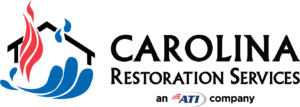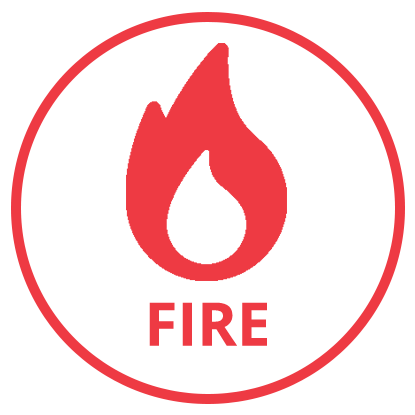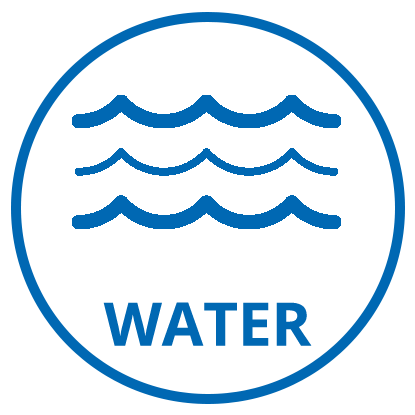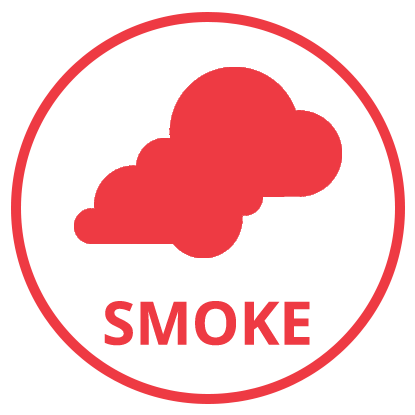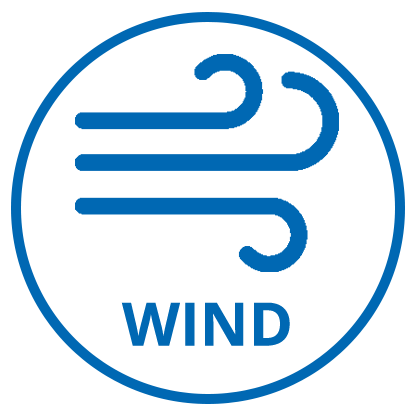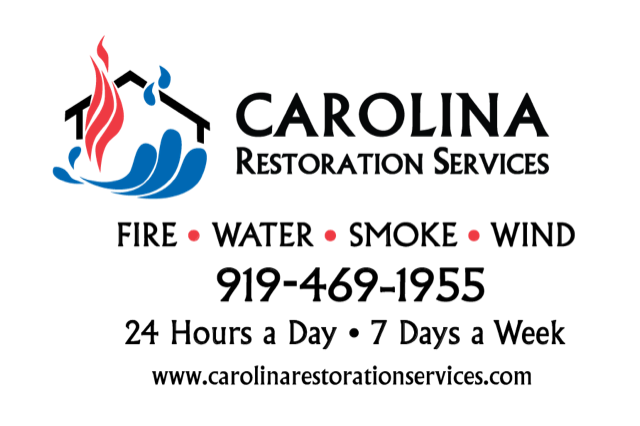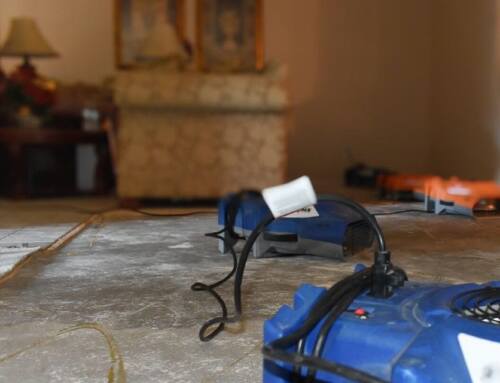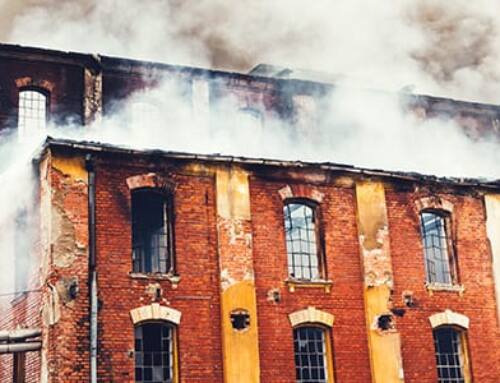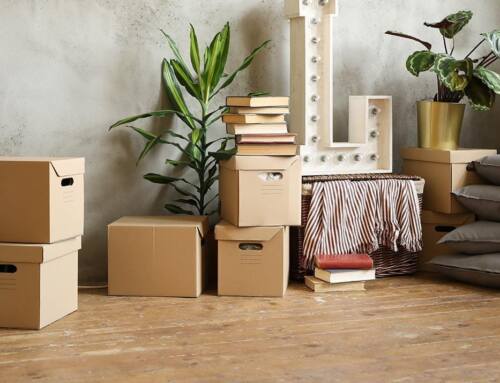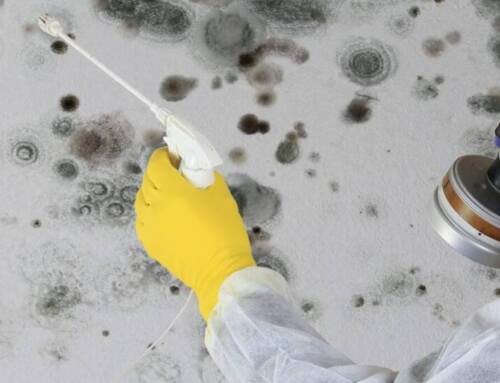The Best Mold Prevention Tips
Mold spores are everywhere, both indoors and outdoors, and usually cause little concern. However, when mold grows inside your home, it can cause property damage and a variety of health problems. Mold prevention should be a priority for any homeowner for the safety of ones property and loved ones. Continue reading to learn some of the best mold prevention tips to keep harmful mold out of your home.
How Mold Grows Inside The Home
In order to understand mold prevention, we need to know how it grows. Here are the three things that mold requires to grow:
- Water. Moisture is needed for mold to grow. The Environmental Protection Agency (EPA) states that indoor humidity above 60% will allow mold to develop.
- Temperature. Mold begins to develop in temperatures that range from 68°F to 86°F.
- Food. Mold feeds off of anything that was once alive, such as: wood, cardboard, paper, wool, silk, leather, etc.
When the three factors listed above are present, mold can begin to grow. The mold colors can range from white to black and will often give off a musty smell.
How To Prevent Mold In Your Home
There are many ways to help prevent mold growth in your home. Moisture is the key, so do your best to eliminate any unnecessary moisture from your home. It is very important to quickly identify and remove sources of moisture before mold related problems begin to develop.
- Use mold-resistant paint, drywall, and sheetrock throughout your home. This will help prevent moisture absorption in your walls.
- Repair all leaks quickly to reduce moisture. Identify leaks by inspecting walls and ceilings for water stains.
- Use a dehumidifier and air conditioner to reduce moisture throughout your home. Keep indoor humidity at 30-50% and check humidity levels daily.
- Prevent condensation throughout your home by reducing it’s humidity. Adjust the thermostat and insulate your home to remove humidity.
- Use exhaust fans to ventilate appliances that create moisture such as showers, stoves and dryers.
- Ensure your HVAC drip pans are clean and flow properly. Have your HVAC system inspected annually by a certified technician.
- Use water-resistant building materials during remodels, such as tile, stone, deep-sealed concrete, waterproof wallboard and water-resistant glues.
- Consider water-resistant floor coverings, such as vinyl or tile in bathrooms, kitchens and other moisture prone areas of your home.
- Provide drainage to direct water away from the foundation of your home.
- Clean your gutters and downspouts. Ensure water flow from downspouts is directed away from your home
- Ventilate crawl spaces to allow for thorough drying.
Mold Remediation, Mold Removal and Mold Damage Restoration in Raleigh, NC
If your home or business has been affected by mold in Raleigh, NC, contact the professionals at Carolina Restoration Services. Carolina Restoration Services provides mold remediation, mold removal and mold damage restoration services to the Triangle, NC and surrounding areas.To learn more about our residential and commercial mold restoration, water damage restoration, fire damage restoration, smoke damage restoration and storm damage restoration, contact Carolina Restoration Services.
Carolina Restoration Services of North Carolina, Inc. is a Certified Firm through IICRC (Institute of Inspection Cleaning and Restoration Certification) and is affiliated with BBB, RIA, and HBA of Raleigh/Wake County. +
Our crew members have individual certifications through IICRC in the following areas: Water Damage Restoration, Fire & Smoke Restoration, Applied Structural Drying, Applied Microbial Remediation, Carpet Repair & Reinstallation, and Odor Control.
NC General Contractor License: 43004


Contact Our Team
